Cannabis cultivation is a complex process that requires attention to detail and a deep understanding of plant biology. One of the key factors that growers strive for is to increase resin production before harvest. Resin, which contains the cannabinoids and terpenes that provide the unique effects and flavors of cannabis, is highly sought after by consumers. In this article, we’ll explore the science behind resin production and discuss some strategies for increasing resin production in your cannabis plants.
Table of Contents:
I. Understanding Resin Production in Cannabis Plants
II. Factors that Affect Resin Production
III. Strategies for Increasing Resin Production
A. Genetics
B. Environmental Conditions
C. Nutrient Management
D. Stress Techniques
E. Other Strategies
IV. Increasing Terpene Production
A. The Role of Terpenes in Cannabis
B. Factors that Affect Terpene Production
C. Strategies for Increasing Terpene Production
V. Conclusion
I. Understanding Resin Production in Cannabis Plants
Resin is a sticky, glandular substance that is produced by the trichomes, which are small hair-like structures that grow on the surface of cannabis plants. Trichomes are found on various parts of the plant, including the leaves, stems, and buds. They contain a mixture of cannabinoids and terpenes, which are responsible for the unique effects and flavors of cannabis.
The production of resin is influenced by a variety of factors, including genetics, environmental conditions, nutrient management, and stress. Each of these factors can affect the quantity and quality of resin that is produced by the plant.
The type of resin that is produced by the plant is also influenced by genetics. Different strains of cannabis produce different types of resin, which can have varying levels of cannabinoids and terpenes. Some strains are known for producing high levels of THC, while others may produce more CBD or other cannabinoids.
In addition to genetics, environmental conditions can also play a role in resin production. Factors such as light intensity, temperature, and humidity can all impact the production of resin. For example, plants grown in higher temperatures may produce more resin, but the quality of the resin may be lower.
Nutrient management is another important factor in resin production. Cannabis plants require a variety of nutrients in order to produce high-quality resin. Nutrient deficiencies or imbalances can result in lower levels of resin production or poor quality resin.
Finally, stress techniques can be used to increase resin production in cannabis plants. Techniques such as low-stress training (LST), high-stress training (HST), and defoliation can all be used to induce stress in the plant, which can trigger an increase in resin production.
In the next section, we’ll take a closer look at the factors that affect resin production in cannabis plants, and discuss some strategies for increasing resin production before harvest.
II. Factors that Affect Resin Production
Resin production in cannabis plants is influenced by a variety of factors, each of which can impact the quantity and quality of resin that is produced. Understanding these factors is key to maximizing resin production and achieving high-quality yields. Here are some of the most important factors that can affect resin production in cannabis plants:
- Genetics – As mentioned earlier, genetics play a significant role in resin production. Different strains of cannabis produce different types and amounts of resin, which can have varying levels of cannabinoids and terpenes. It’s important to choose strains that are known for producing high levels of resin if you want to maximize your yields.
- Environmental Conditions – Environmental conditions such as light intensity, temperature, and humidity can all impact resin production. Cannabis plants require a certain amount of light in order to produce resin, and too much or too little can have negative effects. Similarly, temperature and humidity levels must be kept within a certain range in order to promote healthy resin production.
- Nutrient Management – Proper nutrient management is crucial for maximizing resin production. Cannabis plants require a variety of nutrients in order to produce high-quality resin, and nutrient deficiencies or imbalances can result in lower yields or poor-quality resin.
- Stress Techniques – Stress techniques such as low-stress training (LST), high-stress training (HST), and defoliation can all be used to induce stress in the plant, which can trigger an increase in resin production. These techniques can be used to manipulate the plant’s growth and development in order to maximize resin production.
By understanding the factors that affect resin production, growers can make informed decisions about how to optimize their growing conditions and techniques in order to achieve the highest quality and yields. In the next section, we’ll discuss some specific strategies for increasing resin production before harvest.
III. Strategies for Increasing Resin Production
Increasing resin production in cannabis plants requires a combination of factors, including genetics, environmental conditions, nutrient management, and stress techniques. Here are some strategies that growers can use to increase resin production before harvest:
A. Genetics:
The genetics of cannabis plants are a crucial factor in determining the amount and type of resin that they produce. Selecting strains that are known for their resin content is a key step in maximizing yields of high-quality resin.
When choosing strains, consider their cannabinoid and terpene profiles. Some strains are specifically bred for high THC levels, while others have a more balanced profile of cannabinoids and terpenes. For example, strains with high levels of the terpene myrcene are known for their relaxing effects, while strains with high levels of limonene may have an uplifting and energizing effect.
Two strains known for high resin production are:
- Gorilla Glue – Gorilla Glue is a hybrid strain that has gained popularity in recent years for its high resin content. It has a potent, earthy aroma and is known for its relaxing effects.
- Blue Dream – Blue Dream is a sativa-dominant hybrid that is also known for its high resin production. It has a sweet, fruity aroma and is known for its uplifting and creative effects.
It’s important to note that genetics are just one factor in resin production. Other factors, such as environmental conditions, nutrient management, and stress techniques, also play a significant role. By optimizing all of these factors, growers can achieve the best possible yields of resin.
B. Environmental Conditions:
Optimizing the environmental conditions for cannabis plants is crucial for maximizing resin production. The right amount of light, temperature, and humidity can all impact the quality and quantity of resin that the plant produces.
Light is one of the most important factors in resin production. Cannabis plants require a specific spectrum and intensity of light to produce resin. During the vegetative stage, plants require more blue light, while during the flowering stage, plants require more red light. Using grow lights that provide the right spectrum and intensity can help to stimulate resin production.
Temperature and humidity are also important factors in resin production. Generally, cannabis plants thrive in temperatures between 68-77°F (20-25°C) during the day and 59-68°F (15-20°C) at night. Humidity levels should be kept between 40-60% during the vegetative stage and 40-50% during the flowering stage. High humidity can lead to mold and mildew, while low humidity can lead to dryness and brittle resin.
Proper ventilation and air circulation are also important for maximizing resin production. Good air circulation can help to prevent mold and mildew and can also help to distribute nutrients more evenly throughout the plant.
Finally, it’s important to consider the location and setup of your growing space. Avoid placing your plants in areas with extreme temperature fluctuations, such as near windows or doors. Ensure that your grow room has adequate insulation, ventilation, and air conditioning to maintain optimal environmental conditions.
By optimizing the environmental conditions for your cannabis plants, you can maximize resin production and achieve the highest quality yields.
C. Nutrient Management:
Proper nutrient management is essential for maximizing resin production in cannabis plants. The right balance of macronutrients (such as nitrogen, phosphorus, and potassium) and micronutrients (such as calcium, magnesium, and zinc) can help to ensure that the plant is healthy and producing high-quality resin.
During the vegetative stage, cannabis plants require higher levels of nitrogen to support healthy growth. However, during the flowering stage, plants require higher levels of phosphorus and potassium to support resin production.
It’s important to choose a nutrient system that is designed specifically for cannabis plants, as these products are formulated to provide the right balance of nutrients for optimal growth and resin production. Look for nutrient systems that are specifically designed for the vegetative and flowering stages of growth.
It’s also important to monitor the pH levels of the soil or growing medium. Cannabis plants prefer a pH level between 6.0-7.0. If the pH level is too high or too low, the plant may not be able to absorb nutrients effectively, which can impact resin production.
In addition to macronutrients and micronutrients, cannabis plants also require a range of trace elements such as iron, manganese, and boron. Ensure that your nutrient system contains all of these essential elements.
Finally, it’s important not to over-fertilize your plants, as this can lead to nutrient burn and other issues. Follow the instructions on your nutrient system carefully, and monitor your plants regularly to ensure that they are receiving the right amount of nutrients.
By properly managing the nutrients for your cannabis plants, you can maximize resin production and achieve the highest quality yields.
D. Stress Techniques:
Stress techniques are a powerful tool for maximizing resin production in cannabis plants. By subjecting the plant to controlled stress, growers can trigger the plant’s natural defense mechanisms, leading to increased resin production.
One popular stress technique is low stress training (LST), which involves gently bending and tying down the branches of the plant. This technique helps to promote more even canopy growth and can increase the amount of light that reaches the lower branches of the plant. By promoting more even growth and increased light exposure, LST can lead to increased resin production.
Another stress technique is high stress training (HST), which involves more aggressive techniques such as topping, pruning, and super cropping. These techniques can be more stressful for the plant, but can also lead to a more dramatic increase in resin production.
Stem Splitting
Stem splitting is another stress technique that can increase resin production in cannabis plants. This technique involves carefully splitting the stem of the plant lengthwise, which creates a small wound that the plant will then work to heal. As the plant heals, it will produce more resin as a natural defense mechanism.
When performing stem splitting on cannabis plants, it’s important to take precautions to prevent the split from extending too far up or down the stem. One way to do this is to use zip ties to secure the stem above and below the split location.
After making a shallow cut down the center of the main stem, carefully place a zip tie above the cut and another below the cut. Tighten the zip ties just enough to hold the stem in place and prevent the split from spreading too far. Be sure to leave some slack in the zip ties to allow for the plant to continue growing.
The zip ties should be left on the plant for several days to allow the split to heal properly. After that, they can be removed, and the plant should be monitored closely for any signs of stress or damage.
It’s important to note that stress techniques should be used with caution, as too much stress can harm the plant and reduce overall yields. It’s also important to give the plant time to recover after each stress technique, as this can help to promote healthy growth and resin production.
In addition to LST and HST, other stress techniques that can increase resin production include defoliation and light deprivation. Defoliation involves removing some of the leaves from the plant to increase light exposure and airflow, while light deprivation involves restricting the amount of light that the plant receives to promote faster flowering.
While stress techniques can be effective for increasing resin production, they should only be used by experienced growers who understand the risks and benefits of each technique. Always monitor your plants carefully after each stress technique to ensure that they are recovering properly.
E. Other strategies
Some other strategies for increasing resin production include using CO2 enrichment, providing adequate air circulation, and harvesting at the optimal time. By combining these strategies and experimenting with different techniques, growers can achieve higher yields of high-quality resin.
It’s important to note that increasing resin production can also increase the potency of the final product. This means that it’s crucial to monitor the cannabinoid and terpene levels and adjust your techniques accordingly to avoid producing overly potent cannabis.
In the next section, we’ll take a closer look at terpenes and how they can be used to enhance the flavor and aroma of cannabis.
IV: Increasing Terpene Production
Terpenes are aromatic compounds that are found in many plants, including cannabis. They are responsible for the distinctive smells and flavors of different strains, and are also believed to have a range of therapeutic properties.
While the factors that affect terpene production in cannabis plants are similar to those that affect resin production, there are some additional considerations to keep in mind.
Environmental conditions such as temperature and humidity can have a significant impact on terpene production. Cannabis plants generally produce the highest levels of terpenes when they are grown in moderate temperatures (between 68-77°F) and moderate humidity levels (between 40-60% relative humidity).
Genetics also play a role in terpene production, as different strains of cannabis are known to produce different levels and types of terpenes. Some strains that are known for their high terpene production include Blue Dream, OG Kush, and Sour Diesel.
Nutrient management is also important for maximizing terpene production. Like resin production, cannabis plants require a balance of macronutrients and micronutrients, as well as trace elements, in order to produce high-quality terpenes. However, it’s important to note that nutrient deficiencies or imbalances can actually reduce terpene production, so it’s important to monitor your plants carefully and adjust your nutrient regimen as needed.
Finally, stress techniques such as low stress training (LST) and high stress training (HST) can also be effective for increasing terpene production in cannabis plants. By subjecting the plant to controlled stress, growers can trigger the plant’s natural defense mechanisms, leading to increased terpene production.
Overall, maximizing terpene production in cannabis plants requires careful attention to environmental conditions, genetics, nutrient management, and stress techniques. By taking these factors into account, growers can produce strains that not only have high levels of resin, but also a rich and diverse array of terpenes.
Conclusion
In conclusion, increasing resin production in cannabis plants requires a combination of genetic selection, environmental control, nutrient management, and stress techniques. By focusing on these key factors, growers can produce high-quality cannabis strains that are rich in both resin and terpenes.
If you’re interested in growing a strain that is known for its high resin and terpene production, we suggest trying out one of the strains we mentioned earlier such as Blue Dream, OG Kush, or Sour Diesel. With the right care and attention, these strains can produce buds that are not only potent and flavorful, but also have a range of potential therapeutic benefits.
So why not give it a try? Whether you’re a seasoned grower or just starting out, there’s nothing quite like the satisfaction of growing your own high-quality cannabis plants. So go ahead and get started, and see for yourself just how rewarding this hobby can be.

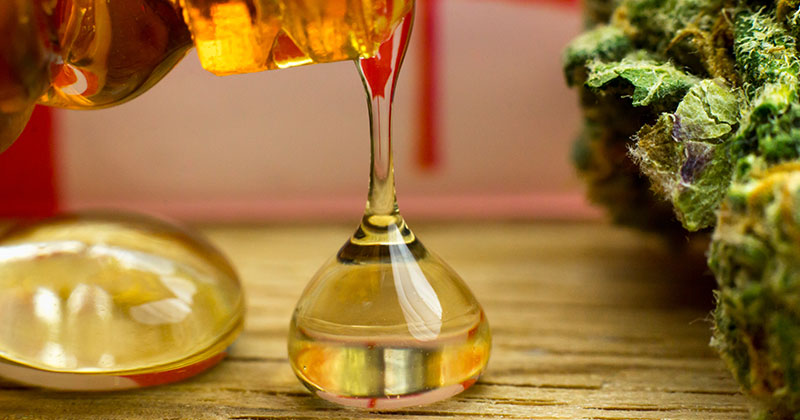
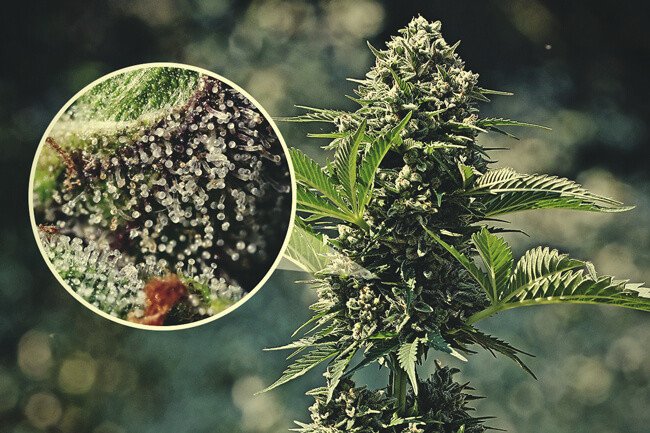
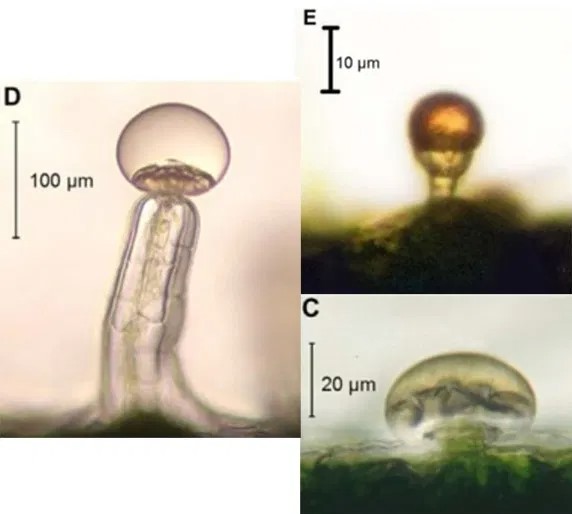
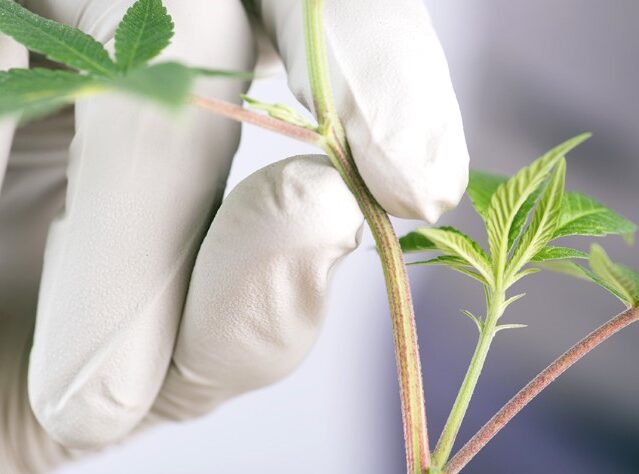
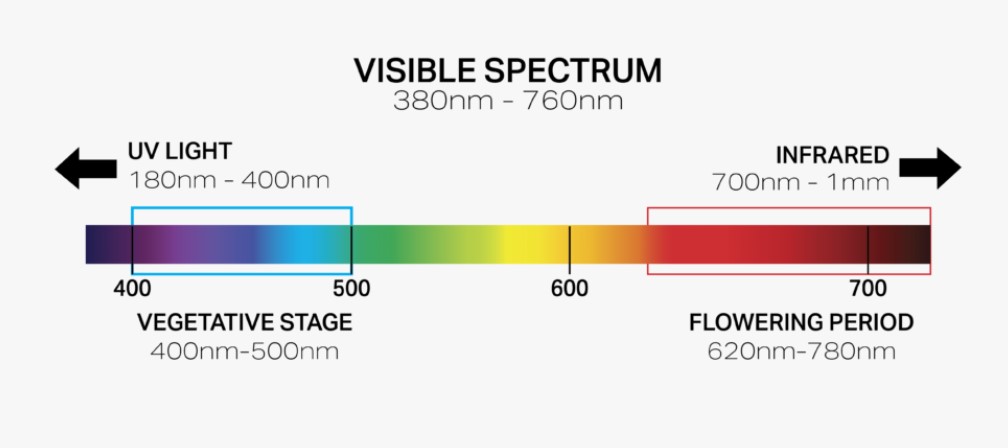

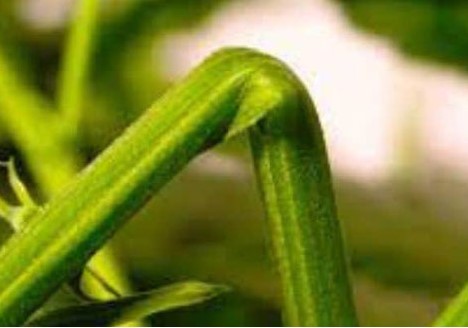
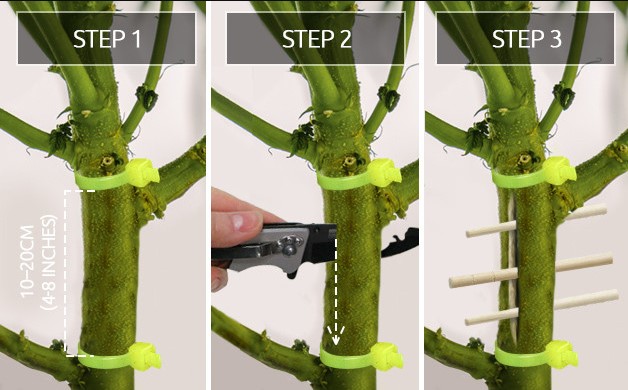
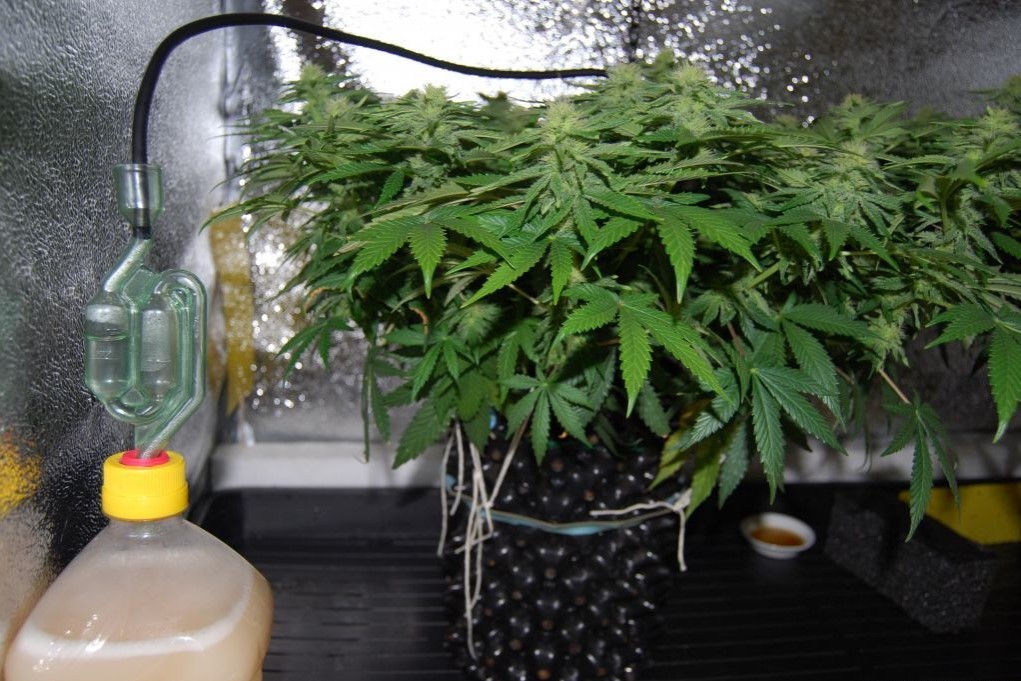
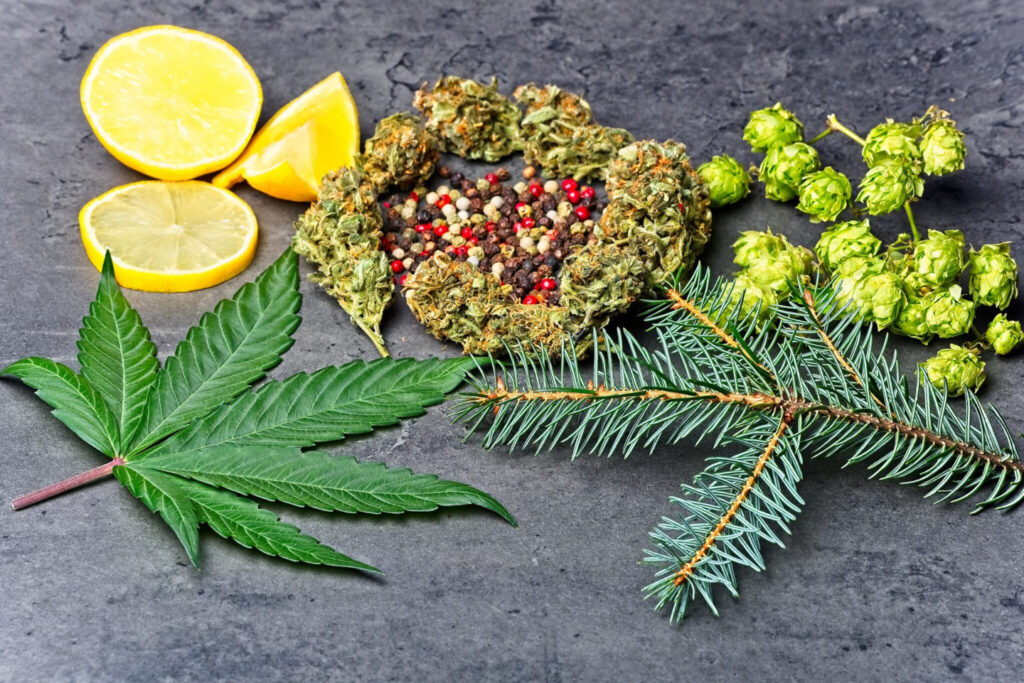
I always stress my plants at the end, big improvements if you ask me.